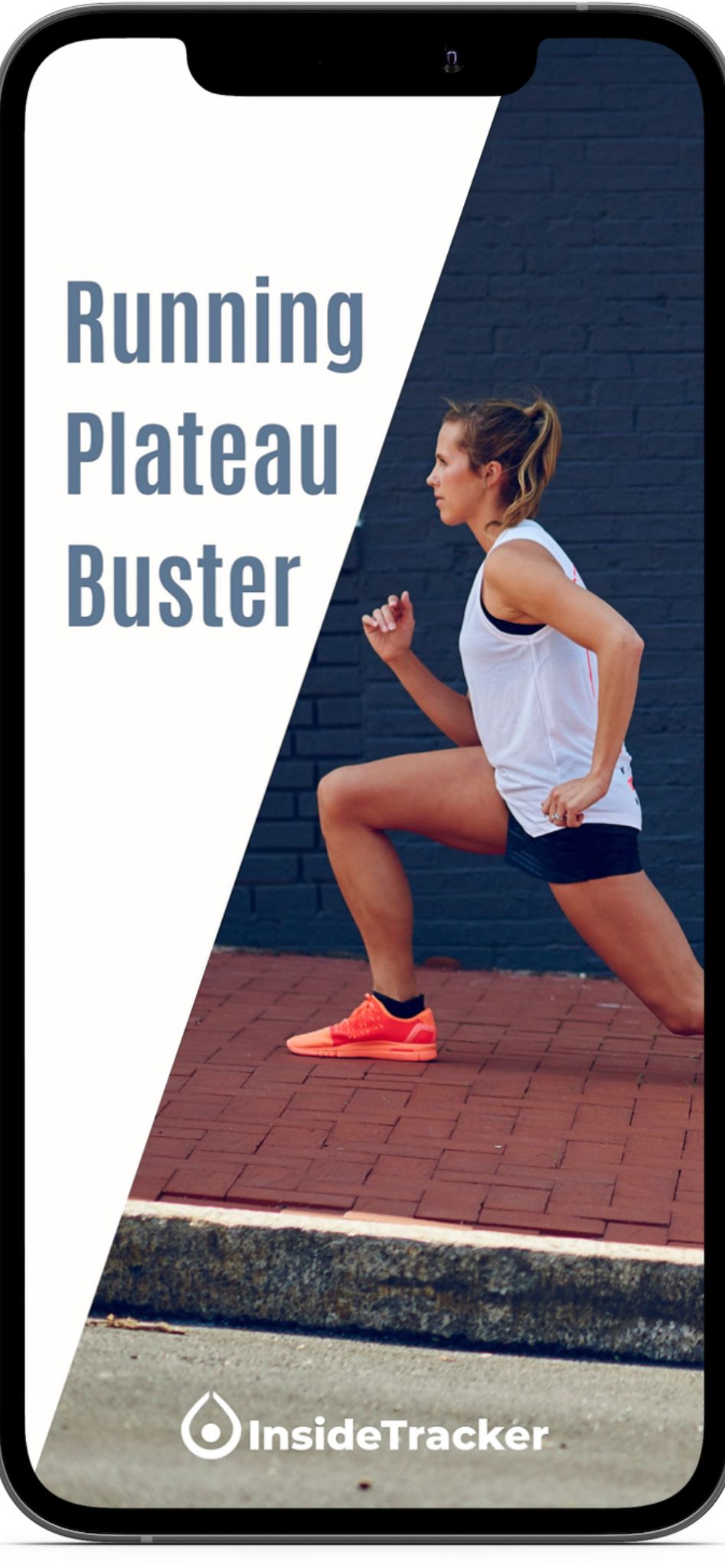Adding a treadmill to your home is a big investment, and finding the right one can feel overwhelming. For years, the Peloton Tread+ generated plenty of buzz, followed by the release of the Peloton Tread a few years later. Our hoenst take on how it compares to other models for the price.
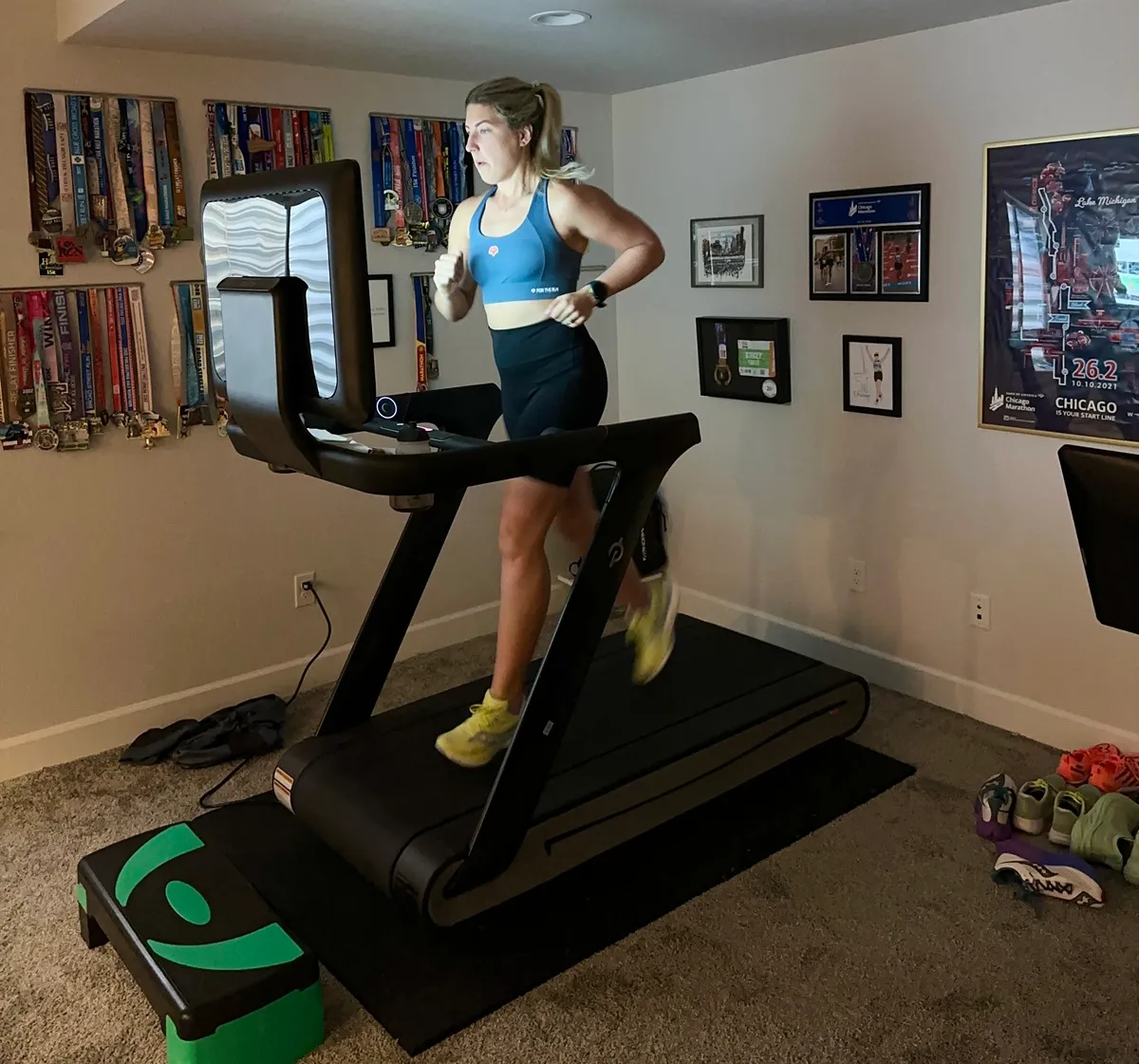 I still remember walking into the Peloton store back in 2019, ready to buy the Tread+, while my husband thought it would just be another piece of equipment that would gather dust.
I still remember walking into the Peloton store back in 2019, ready to buy the Tread+, while my husband thought it would just be another piece of equipment that would gather dust.
Fast forward thousands of miles and several marathon training cycles (plus a cross-country move!), and I can confidently say it’s been one of the best investments we’ve ever made.
But what really sets the Peloton Tread+ apart from other options on the market, like NordicTrack or Wahoo? Let’s dive into some of the features that keep me coming back for more workouts.
Pssst we also did a Peloton vs NordicTrack complete breakdown if you need one.
Peloton Tread+ Overview
When the Peloton Tread+ launched in 2018, it quickly became a bit of a status symbol; owning one came with a definite, “wow, you’ve got a Peloton” factor. Now it’s more of a casual nod, like “oh, that’s cool,” because so many other fancy treadmills have been released since, such as the Wahoo Kickr Run.
But it’s more than just a treadmill. The Tread+ feels like an entire gym experience in a single piece of equipment.
Yes, having a set of weights helps unlock even more variety, but Peloton also offers plenty of bodyweight workouts that will have you sweating in no time.
Out of all the features I’ve come to love, two truly stand above the rest: the oversized tiltable touchscreen and the 59-slate belt that delivers a smooth run every single time. 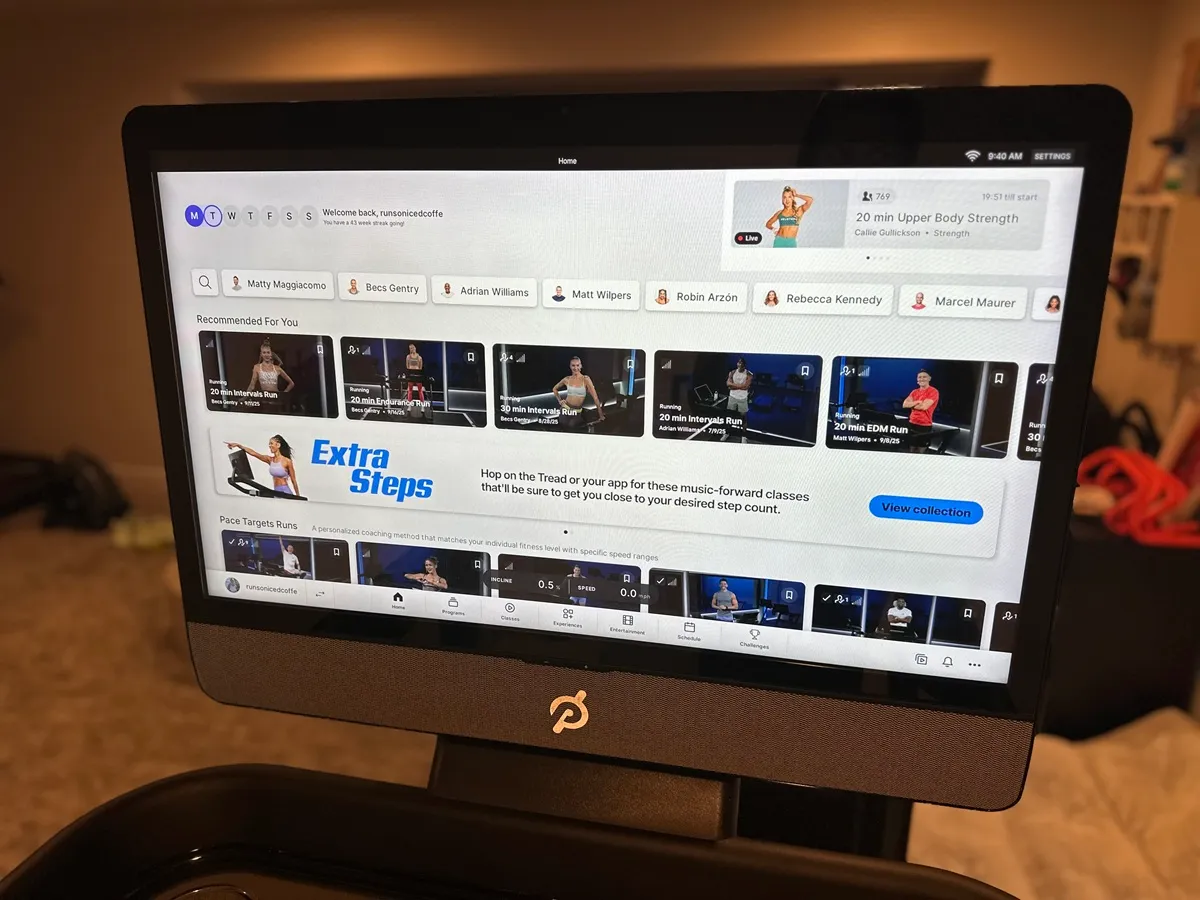 I know the oversized screen can feel a little overwhelming at first, but as someone who’s 5’9″, I never feel hunched over or end the run with a sore neck from constantly looking down.
I know the oversized screen can feel a little overwhelming at first, but as someone who’s 5’9″, I never feel hunched over or end the run with a sore neck from constantly looking down.
Instead, I can keep my eyes straight ahead the whole time, a small detail that makes a big difference in your form and fatigue, especially when you’re logging something like a 20-mile run.
The touchscreen itself is incredibly responsive and easy to navigate, whether you’re mid-run and want to swap into a new class or you’re scrolling through options before starting.
During workouts, whether it’s a coached class, scenic route, or a Lanebreak challenge, you can even adjust the volume across different settings.
And because the belt runs so quietly, you don’t need the sound blasting to hear the music or instructor clearly.
I’ll admit, I’ve gotten a little spoiled with this screen. Very few treadmills offer something comparable, even Peloton’s own Tread comes with a smaller, slightly angled screen that doesn’t have quite the same feel.
Before I talk more about the slats and other features, let’s take a quick look at some of the Peloton Tread+ specs.
Peloton Tread+ Specs
- Screen: 32″ full HD tilting touchscreen with front-facing studio-quality speakers
- Price: $5,995 (required $299 expert assembly fee added at checkout)
- Speed Range: 0 to 12.5 mph
- Incline Range: 0 to 15%
- Treadmill dimensions: 75″ L x 36.5″ W x 72″ H
- Tread Weight: 455 lb
- Max weight limit: 300lb
- Belt: Rubberized slat belt with 59 individual slats
- Limited Warranty with coverage for the touchscreen, Tread+ frame, drive motor, walking belt, and most original Peloton Tread+ components.
- Connect with Strava
- Bluetooth wireless 5.0 connectivity
- USB-A charging port
- Pair with heart rate monitor or Peloton Watch App
- Peloton Membership required to access content $44/mo
Peloton Tread+ Rubberized Slats
Ah, the magical belt.
It’s quiet, cushioned, a little bouncy, and just buttery smooth to run on.
Honestly, the Peloton Tread+ might be the quietest treadmill I’ve ever used. In our 100-year-old house, we had it set up on the second floor, and you couldn’t hear a thing. Not down the hallway, not even through the creaky floorboards.
When I’d hop on for a 4 am run, the only thing that risked waking my husband up was forgetting to turn down the speaker volume, not the sound of my feet hitting the belt.
The rubberized slat belt is made up of 59 individual slats, providing a cushioned, springy feel underfoot with every step. 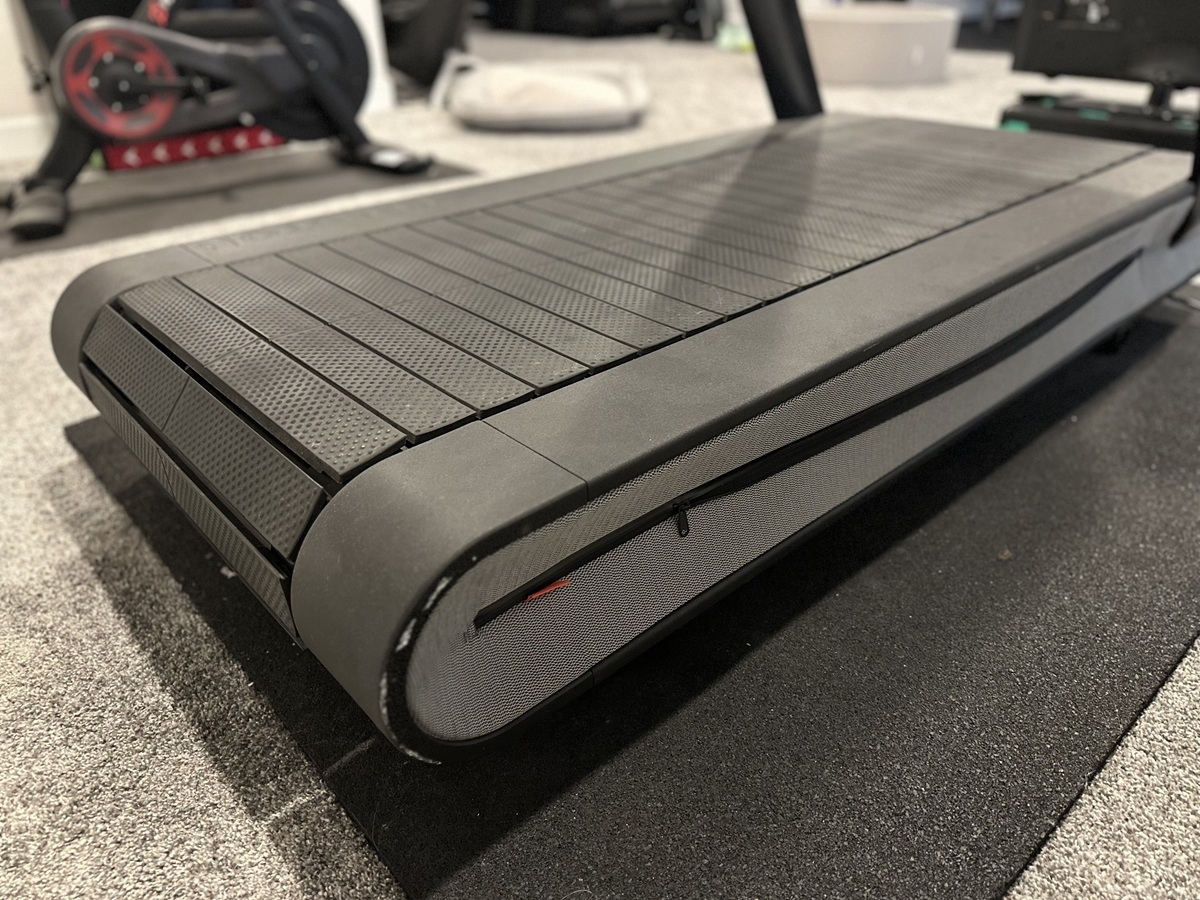 And despite being a heavy, chunky machine, the deck itself feels just right, not too short, not overly long. My natural strides kick out in front, and I can comfortably run in the center without feeling cramped.
And despite being a heavy, chunky machine, the deck itself feels just right, not too short, not overly long. My natural strides kick out in front, and I can comfortably run in the center without feeling cramped.
Even if I drift a bit closer to the front bar, I never feel like I’m in danger of running out of space. And bonus points because there’s no big piece of plastic in the front!
One thing to note is that with the way the back is designed, something small could slip or get pulled under the belt if it is too close. To help with this, Peloton now includes a back safety guard on both of its treadmills.
We still need to get it for our treadmill, but it’s going to be nice to have, especially since we have 3 dogs that roam around.
Console
The console on the Tread+ is pretty straightforward. Yes, you’ll use the big touchscreen to choose your class or what you want to watch, but all your run controls, speed and incline, are right there, easy to reach, even mid-run.
You’ve got two ways to change incline or speed:
- Scroll the wheel forward or back
- Hit the button in the center of the dial when you need a quicker jump
I use both, but whenever I’m doing fast-paced intervals, those quick jump buttons are pure gold.
The console is also where you’ll find the emergency stop button and waist clip. Sometimes the treadmill will stop mid-class with an error message to replace the clip, but I’ve only really noticed this when a software update is about to occur. It’s a super easy fix of just removing it and setting it back in place. 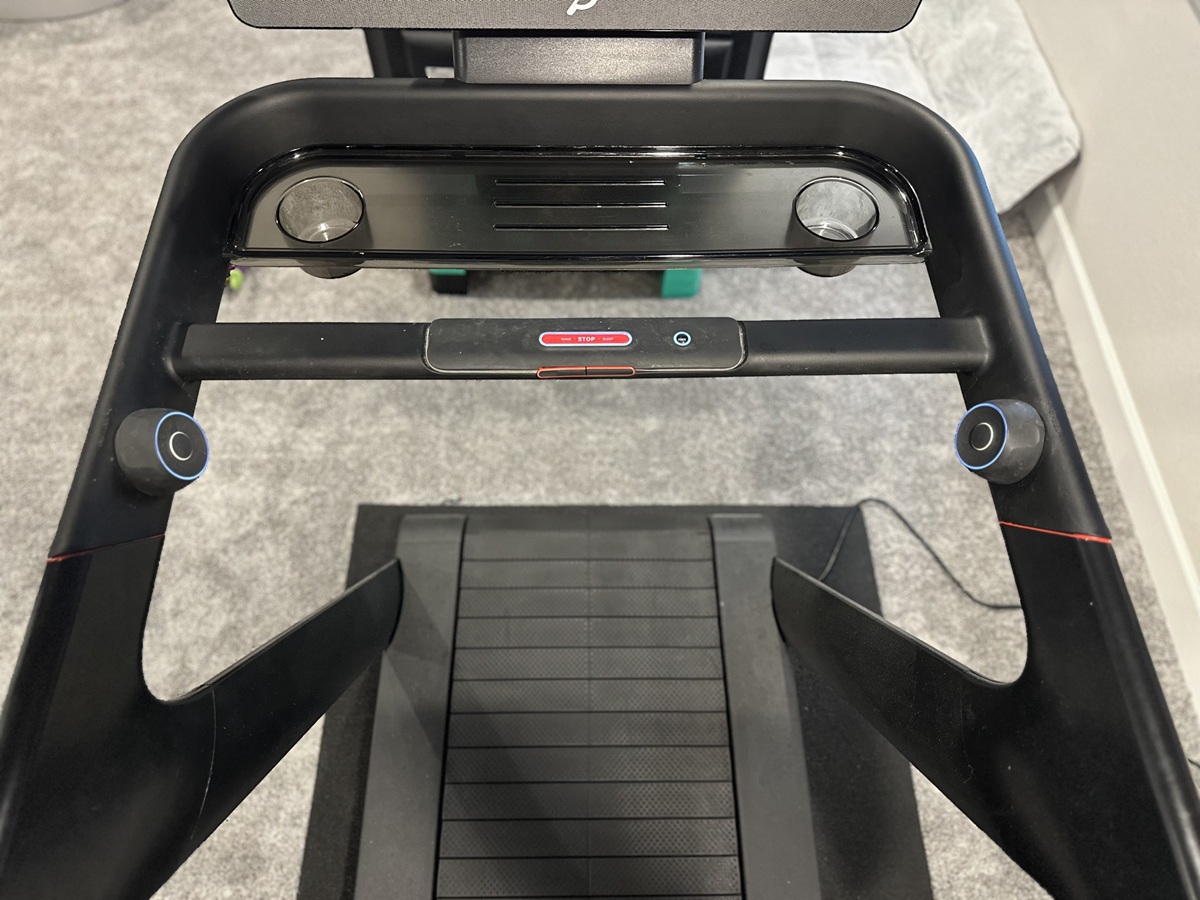 Over the past six years, Peloton has introduced numerous software updates. One of my favorites? You can set the Tread+ to adjust the incline during a class automatically. It makes workouts feel smoother, and it’s one less thing I need to focus on.
Over the past six years, Peloton has introduced numerous software updates. One of my favorites? You can set the Tread+ to adjust the incline during a class automatically. It makes workouts feel smoother, and it’s one less thing I need to focus on.
That said, I’m still waiting for the same automatic change feature for pace. For now, that’s something you need to adjust manually.
There are rumors out there that Peloton may allow direct connection to Garmin. If that happens, you’ll have real-time data from your Tread+ displayed on your Garmin watch, just like Wahoo does.
You can already connect some things via Bluetooth to the tread; why not add the ability to do it with a watch?
Free Mode
For a long time, free mode was just…there. You could hop on and power the treadmill entirely with your own effort, but there wasn’t much structure to it.
Now, Peloton has actually added a handful of 10-minute classes designed specifically for free mode, which makes it feel a lot more purposeful instead of just an extra button that rarely gets used.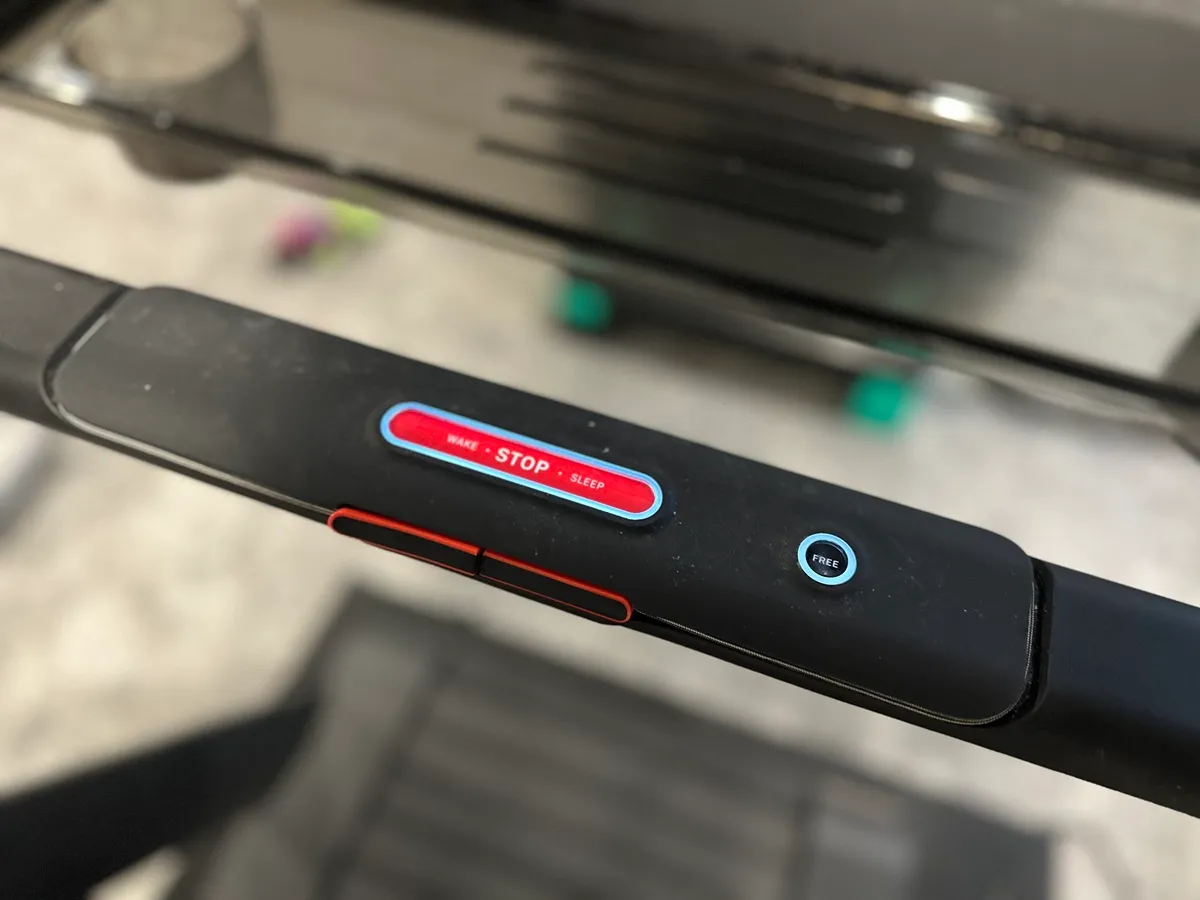
It’s very similar to how Woodway treadmills are set up; you don’t dial in a pace, you just run based on effort.
It can take a little getting used to, especially figuring out how to hold a steady effort without the treadmill setting it for you.
I don’t use this feature often, but if you’re training for something like Hyrox or another hybrid-style workout, free mode could be a great tool to incorporate into your training.
Peloton Membership
I know that a $44 monthly membership can feel like a lot. I promise it’s worth every penny if you’re someone who enjoys working out at home or solo in the gym.
Peloton has come such a long way with its class library. There’s truly something for everyone: treadmill runs, recovery walks, Pilates, strength for runners, mobility warm-ups, and even guided foam rolling.
And that’s just scratching the surface. With the variety of class types, levels, and music choices, you could take a new class every single day and never repeat the same one.
Another big part of the experience is the Peloton community. You can high-five other members during class, jump into a live session streaming from one of their studios, and even follow hashtags to connect with people chasing similar goals.
The challenges and milestones keep things fun too, whether it’s hitting the century club (100 classes!) or collecting badges along the way.
The best part, though, is that you can use your membership anywhere. With the app, you can take classes anywhere, any time.
Oh, and if you’re the type who loves to binge a show or movie while you work out, the Tread+ has you covered. You can stream different platforms right on the tread. I may or may not have made my way through several seasons of Gilmore Girls last fall while logging miles.
Quick Take
- Slat belt makes your stride feel smoother than a typical belted treadmill
- Ability to stream shows and movies (Netflix, YouTube, Disney+, and others)
- Huge library of different types of classes
- $44 monthly membership to access all Peloton classes
- Does not have the ability to decline
- Does not fold up to store away, very heavy machine
Peloton Tread+ VS Peloton Tread
- Tread+ has a rubberized slat belt
- Tread has a standard tension belt
- Tread+ has a 32″ tilting touchscreen
- Tread has a 23.8″ tilting touchscreen
- Tread+ incline can go up to 15%
- Tread+ costs $5,999
- Tread costs $2,995
- Tread+ has motorized and free mode
- Tread+ is larger at 7ftx3ft
- Tread is better for smaller spaces at 6ftx3ft
We hope that our review of the Peloton Tread+ was helpful! If you’re looking to add to your home gym, the Tread+ and Tread may be the perfect fit.
Our Verdict
Between the touchscreen, access to tons of classes, and the rubberized slat belt, this is a great treadmill. We didn’t give it 100% because it’s a larger treadmill that may not fit in every space, especially a smaller apartment.
What to read next?
- 7 Best At Home Treadmills for All Budgets
- Best Nordictrack Treadmills
- Treadmill Running vs Outside: What’s the Difference for Performance



 Best Women’s Running Shoes According to Running Coaches (Real Miles, Real Reviews)
Best Women’s Running Shoes According to Running Coaches (Real Miles, Real Reviews)
